Madeleine Orban-Szontagh - Traditional Korean Designs
Here you can read online Madeleine Orban-Szontagh - Traditional Korean Designs full text of the book (entire story) in english for free. Download pdf and epub, get meaning, cover and reviews about this ebook. year: 2012, publisher: Dover Publications, genre: Art / Computer. Description of the work, (preface) as well as reviews are available. Best literature library LitArk.com created for fans of good reading and offers a wide selection of genres:
Romance novel
Science fiction
Adventure
Detective
Science
History
Home and family
Prose
Art
Politics
Computer
Non-fiction
Religion
Business
Children
Humor
Choose a favorite category and find really read worthwhile books. Enjoy immersion in the world of imagination, feel the emotions of the characters or learn something new for yourself, make an fascinating discovery.
- Book:Traditional Korean Designs
- Author:
- Publisher:Dover Publications
- Genre:
- Year:2012
- Rating:4 / 5
- Favourites:Add to favourites
- Your mark:
Traditional Korean Designs: summary, description and annotation
We offer to read an annotation, description, summary or preface (depends on what the author of the book "Traditional Korean Designs" wrote himself). If you haven't found the necessary information about the book — write in the comments, we will try to find it.
The bold black-and-white line drawings in this outstanding collection offer artists and craftspeople a rich and varied source of historic Korean patterns and designs. The 142 copyright-free motifs, inspired by works of art and design dating from the first through the nineteenth centuries, are varied not only in subject and theme, but in size and shape, ranging from full- and half-page compositions to borders, panels, medallions, and allover patterns.
Artist Madeleine Orban-Szontagh found characteristic motifs in a splendid selection of Korean arts and crafts, including embroidered Buddhist and Taoist symbols, jewelry, ornamental tiles, a royal headdress, vases, book covers, screens, and paintings. The motifs range from abstract forms to realistic depictions of costumed figures, birds, flowers, and landscapes. Moreover, the bold, clear outlines of the drawings make them easy to reproduce and easy to use in a wide variety of arts and crafts.
Madeleine Orban-Szontagh: author's other books
Who wrote Traditional Korean Designs? Find out the surname, the name of the author of the book and a list of all author's works by series.

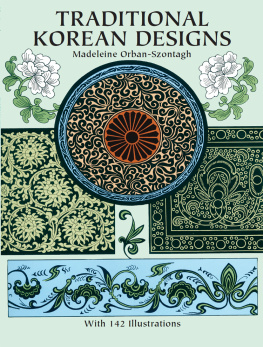
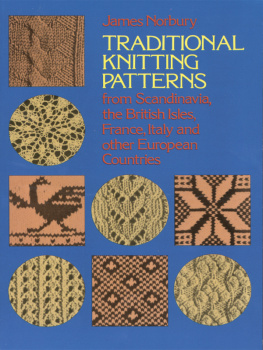
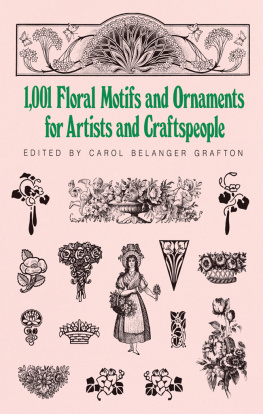
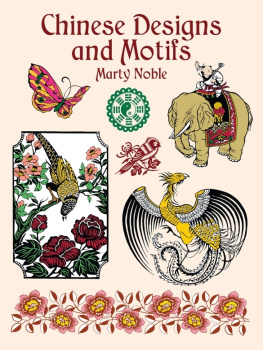
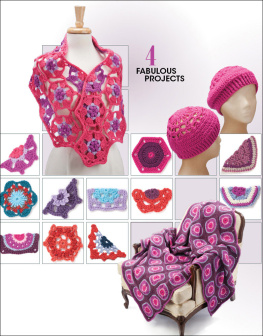
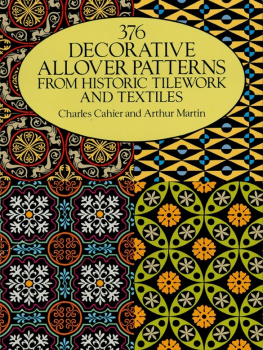

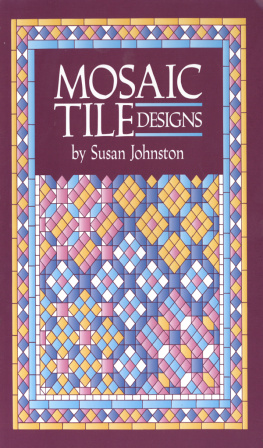
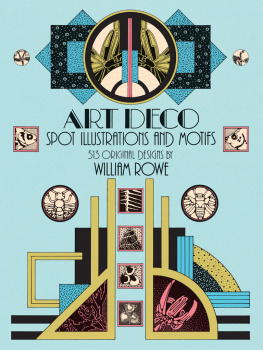
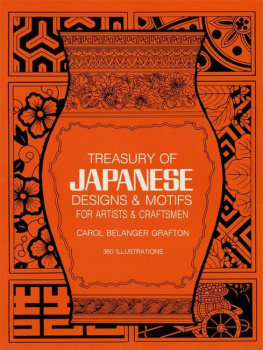

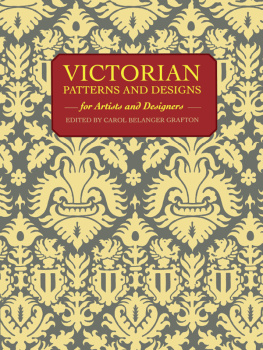
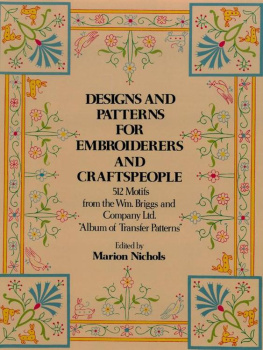
 DOVER PUBLICATIONS, INC., New York Copyright 1991 by Dover Publications, Inc. All rights reserved. Traditional Korean Designs is a new work, first published by Dover Publications, Inc., in 1991.
DOVER PUBLICATIONS, INC., New York Copyright 1991 by Dover Publications, Inc. All rights reserved. Traditional Korean Designs is a new work, first published by Dover Publications, Inc., in 1991.  This book belongs to the Dover Pictorial Archive Series. You may use the designs and illustrations for graphics and crafts applications, free and without special permission, provided that you include no more than ten in the same publication or project. For permission for additional use, please email the Permissions Department at or write to Dover Publications, Inc., 31 East 2nd Street, Mineola, New York 11501.
This book belongs to the Dover Pictorial Archive Series. You may use the designs and illustrations for graphics and crafts applications, free and without special permission, provided that you include no more than ten in the same publication or project. For permission for additional use, please email the Permissions Department at or write to Dover Publications, Inc., 31 East 2nd Street, Mineola, New York 11501.  I T IS OBVIOUS AT A GLANCE that Korean art participates in the greater East Asian art tradition. (It was impossible for a small neighboring nation not to be influenced by the militarily aggressive and culturally expansive Chinese giant.) Nevertheless, the art of Korea has many distinctive features of its own, features that are emphasized in the present selection of 142 motifs and designs from authentic old art works.
I T IS OBVIOUS AT A GLANCE that Korean art participates in the greater East Asian art tradition. (It was impossible for a small neighboring nation not to be influenced by the militarily aggressive and culturally expansive Chinese giant.) Nevertheless, the art of Korea has many distinctive features of its own, features that are emphasized in the present selection of 142 motifs and designs from authentic old art works.  Enlarged detail from a golden buckle, lst-2nd century.
Enlarged detail from a golden buckle, lst-2nd century.  Metal belt, Old Silla, 5th-6th century.
Metal belt, Old Silla, 5th-6th century.  Border design, Unified Silla, 771.
Border design, Unified Silla, 771.  Earrings, Old Silla, 5th-6th century.
Earrings, Old Silla, 5th-6th century.  Royal robe adornments, Old Silla, 6th-7th century.
Royal robe adornments, Old Silla, 6th-7th century.  Ornamental tiles, Old Silla, 6th-8th century.
Ornamental tiles, Old Silla, 6th-8th century.  Saddle ornament, Old Silla, 5th-6th century
Saddle ornament, Old Silla, 5th-6th century  Embroidered silk motifs
Embroidered silk motifs  Outlines of royal crowns, Old Silla, 5th-6th century.
Outlines of royal crowns, Old Silla, 5th-6th century.  Motifs taken from an Old Silla vase, 6th-7th century.
Motifs taken from an Old Silla vase, 6th-7th century.  Elements of a royal headdress, Paekche, 6th century.
Elements of a royal headdress, Paekche, 6th century.  Ornamental tiles, Paekche, 7th century.
Ornamental tiles, Paekche, 7th century.  Part of a mural painting, Kogury, 6th century.
Part of a mural painting, Kogury, 6th century.  Detail from a decorated ceiling, Kogury, 6th century.
Detail from a decorated ceiling, Kogury, 6th century.  Enlarged detail, with a phoenix, from a helmet, Kogury, 5th-6th century.
Enlarged detail, with a phoenix, from a helmet, Kogury, 5th-6th century.  Motif from a lacquer casket, 1st century.
Motif from a lacquer casket, 1st century.  Detail from a golden casket, Unified Silla, 9th century.
Detail from a golden casket, Unified Silla, 9th century.  Design symbolic of happiness and long life, no date.
Design symbolic of happiness and long life, no date.  Traditional ornamental metal furniture mounts, no date.
Traditional ornamental metal furniture mounts, no date. 